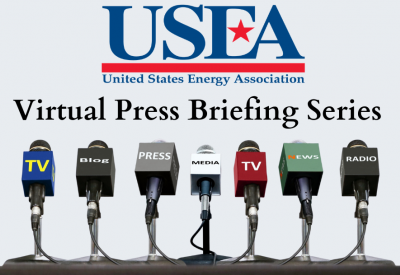Video recording of the session at the bottom of this post:
There was a time, not so long ago, when businesses followed the just-in-time (JIT) management philosophy and inventory strategy that aims to reduce waste and increase efficiency by receiving inventory only when it is needed.
It had originated with Toyota and Japanese efficiency experts and was promoted in the West by W. Edwards Deming, the business theorist, known as the father of the quality movement, and by Peter Drucker, celebrated for his management theories.
But during the COVID-19 pandemic, JIT took a back seat to supply chain stress and actual shortages. For electric utilities, these continue to be severe and with each natural disaster, the situation has worsened.
Every aspect of the electric utility infrastructure supply chain has come under pressure. Top of the list has been transformers, from the gigantic ones that are mostly purpose-built in China to simple pole transformers.
Utilities are facing delays of up to four years, they report, for these vital components of the electricity infrastructure. Hitachi Energy is spending $1.5 billion to expand its South Boston, Virginia, plant, but the demand is still huge.
The recent hurricanes, in which many substations were damaged or destroyed, have increased the shortages. Lead times are stretching for everything in the electric utility infrastructure.
The unknowns are mounting. What will future U.S. relations with China be? When will reconstruction in Gaza, Lebanon and Ukraine start? When it does, the demand for all electrical equipment will be substantial. That may be years off, but it will happen and will be a new stress on global supplies. Already Ukraine has been seeking new and used electrical equipment from all over, especially transformers.
Another concern is how regulators will contribute to the situation. For example, if PUCs in severe weather zones mandate a switch from wood to composite poles that won’t snap in high winds, will that be a new supply entanglement?
At the most recent virtual press briefing on Nov. 13, the United States Energy Association held up the issue of supply chain stress for inspection.
The format is simple: a panel of experts is questioned on the topic by a panel of senior reporters. The idea is to give the reporters a story they can write for the day and information they can bank for future stories.
The briefing has been organized and was moderated by Llewellyn King.
The Experts:
The Reporters:
- Ken Silverstein, Forbes
- Evan Halper, The Washington Post
- Peter Behr, E&E News
- Matt Chester, Energy Central
- Adam Clayton Powell III, PBS
- Jennifer Hiller, Wall Street Journal





